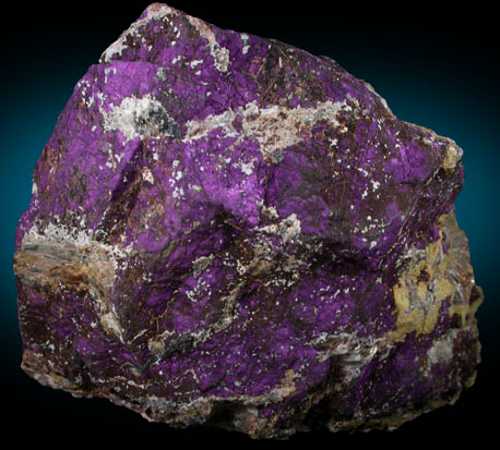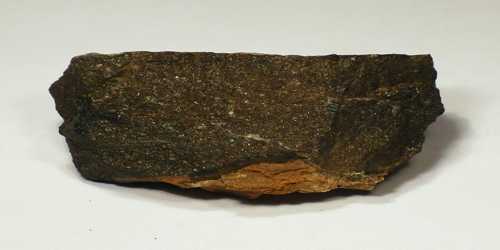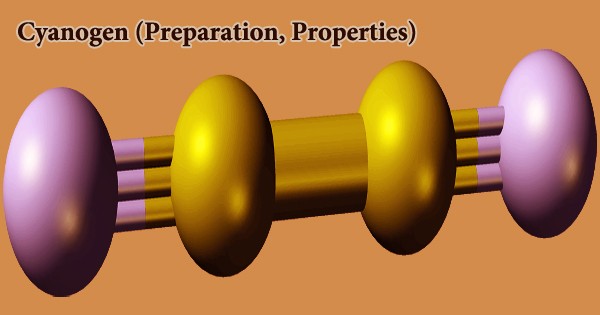Alluaudite is a relatively common alkaline manganese iron phosphate mineral with formula (Na, Ca)Mn2+(Fe3+, Mn2+, Fe2+, Mg)2(PO4)3. It is a rare mineral (Na, Fe, Mn)PO4 consisting of sodium-iron-manganese phosphate. It occurs as a metasomatic replacement in granitic pegmatites and within phosphatic nodules in shales. It is not Radioactive.
It was first described in 1848 as an occurrence in Skellefteå, Västerbotten, Sweden. It was named by Alexis Damour after François Alluaud (II) (1778–1866).
General Information
- Category: Phosphate minerals
- Formula: (Na,Ca)Mn2+(Fe3+,Mn2+,Fe2+,Mg)2(PO4)3
- Crystal system: Monoclinic.

Identification
These materials that crystallize with alluaudite-type structures exhibit ionic conductivities 2 orders of magnitude higher than those of the homologous phosphates. Furthermore, they are acting as positive and negative electrodes in sodium-ion batteries.
- Color: Dirty yellow to brownish yellow, grayish green; superficially dull greenish black, brownish black, black, when altered
- Crystal habit: Platy to radiating fibrous, modular, granular, massive
- Twinning: Polysynthetic
- Cleavage: Distinct/ good on {100} and {010}, good on {110}
- Mohs scale hardness: 5 – 5.5
- Streak: Brownish yellow
- Diaphaneity: Translucent
- Specific gravity: 3.4 – 3.5
Information Source:
















